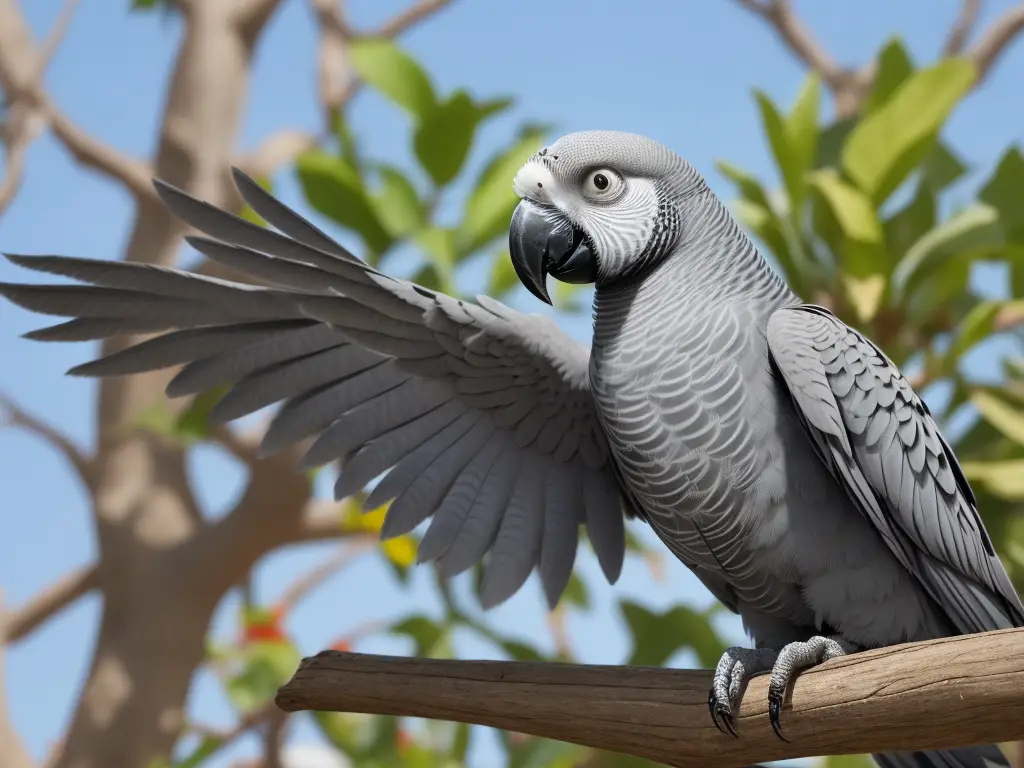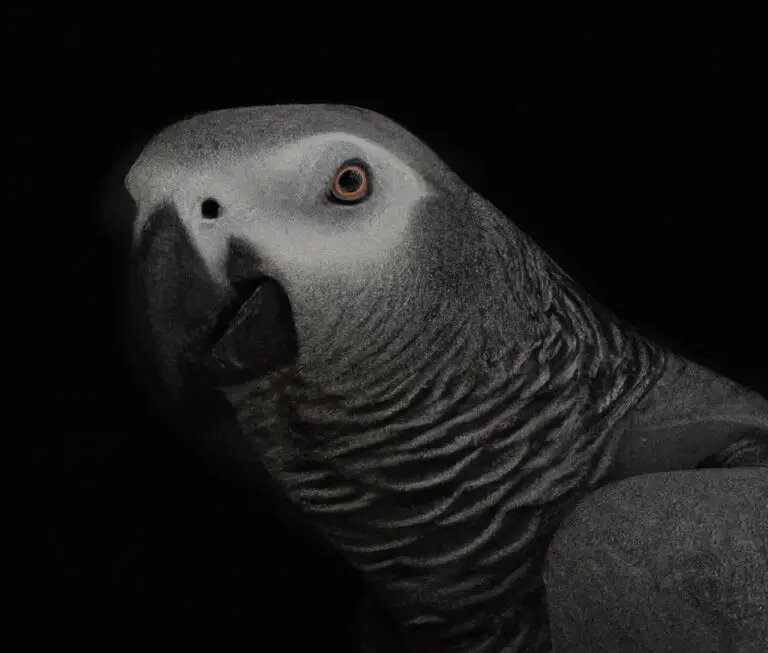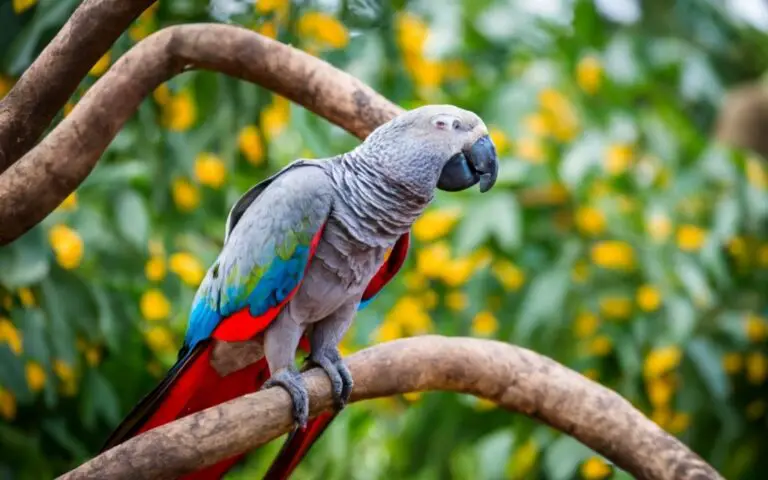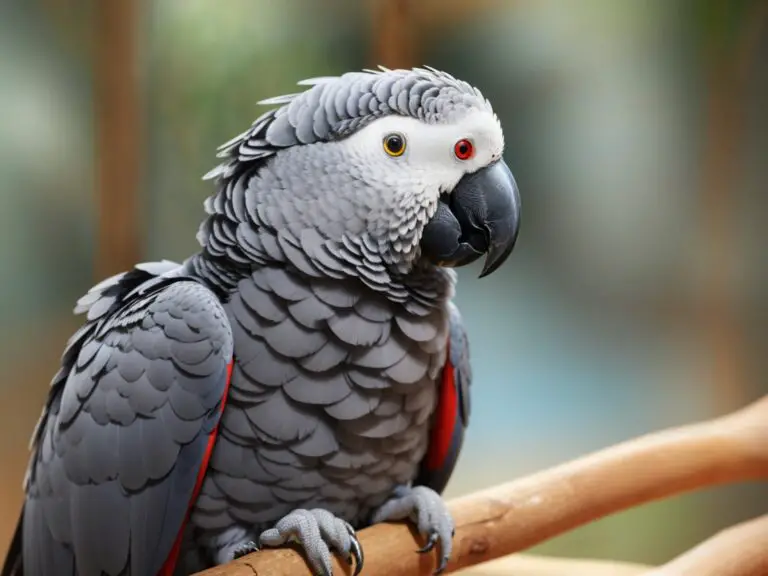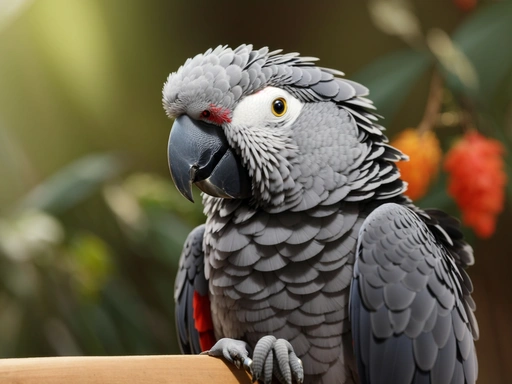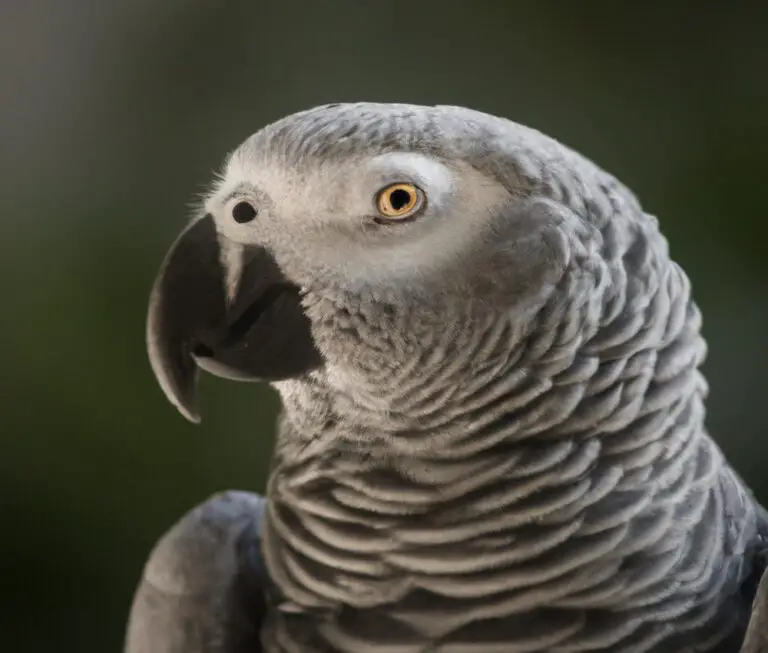How To Keep African Grey Parrots Happy?
Key Takeaways:
- Provide African grey parrots with plenty of mental stimulation through toys and puzzles.
- Offer a balanced and nutritious diet to keep African grey parrots healthy and content.
- Establish a consistent daily routine to provide structure and stability for African grey parrots.
- Ensure regular social interaction and playtime to prevent boredom and loneliness in African grey parrots.
Are you a proud African grey parrot owner?
Well, you’ve come to the right place! Today, I want to share my expertise on how to keep these incredible creatures happy and fulfilled.
African grey parrots are known for their striking beauty and exceptional intelligence, but what does it take to ensure their well-being?
In this blog, I’ll delve into their anatomy, natural behavior, and potential health issues before discussing the importance of mental stimulation, emotional well-being, and physical exercise.
We’ll explore techniques for creating a stimulating environment, socialization, and bonding, as well as proper nutrition and exercise.
Plus, I’ll reveal some common mistakes to avoid and answer some frequently asked questions.
Get ready to become the ultimate African grey parrot whisperer!
| Factors | Actions |
| 1. Physical Exercise | – Provide a spacious and stimulating cage with plenty of perches and toys – Allow supervised out-of-cage time for flying and exploring – Engage in interactive play sessions |
| 2. Mental Stimulation | – Provide puzzle toys, foraging toys, and interactive toys – Teach them tricks and provide training sessions – Rotate toys to prevent boredom |
| 3. Socialization | – Spend quality time and interact with your African grey parrot daily – Provide opportunities for socialization with other parrots or humans – Consider adopting a companion if appropriate |
| 4. Nutritious Diet | – Offer a variety of fresh fruits, vegetables, and leafy greens – Provide a balanced and species-specific commercial pellet diet – Avoid feeding high-fat or high-sodium foods |
| 5. Environmental Enrichment | – Create a natural and stimulating environment with branches, ropes, and safe plants – Provide opportunities for foraging and food puzzles – Ensure proper lighting and temperature |
| 6. Regular Veterinary Care | – Schedule regular check-ups with an avian veterinarian – Monitor and maintain your parrot’s health and hygiene – Address any behavioral or health concerns promptly |
| 7. Positive Reinforcement | – Use positive reinforcement techniques to reward desired behaviors – Avoid punishment-based training methods – Foster a nurturing and loving bond with your parrot |
Understanding African Grey Parrots
African Grey Parrots are unique birds known for their high level of intelligence and ability to mimic human speech.
Understanding their anatomy and physical characteristics is key to keeping them happy.
1. Anatomy and Physical Characteristics
African Grey Parrots are known for their distinctive grey feathers and striking red tail.
They have a large, powerful beak that they use for cracking nuts and seeds.
These parrots have a proportionally large head and a short, square-shaped tail.
They also have bright, orange eyes and strong, agile feet that enable them to climb and hold onto perches.
Additionally, African Grey Parrots possess a remarkable ability to mimic and imitate various sounds and human speech.
Importance of Keeping African Grey Parrots Happy
Keeping African Grey Parrots happy is essential for their overall well-being.
1. Mental Stimulation and Enrichment
Mental stimulation and enrichment play a vital role in keeping African Grey Parrots happy.
They are highly intelligent creatures that need activities to keep their minds engaged.
Teaching tricks, using puzzle toys, offering new experiences, and challenges are some effective ways to provide mental stimulation.
Daily interaction and enrichment activities will help prevent boredom and encourage their natural behaviors.
Creating a Stimulating Environment
To create a stimulating environment for African grey parrots, provide them with a spacious cage.
1. Providing a Spacious Cage
To keep your African Grey Parrot happy, it’s essential to provide a spacious cage. This allows them to move around, stretch their wings, and explore their environment.
Ensure the cage is large enough for your parrot to fully extend its wings without touching the sides.
Providing perches at different heights and adding toys will also help create a stimulating and comfortable space for your feathered friend.
Mental Stimulation Techniques
Here are some mental stimulation techniques for keeping African grey parrots happy!
1. Teaching Tricks and Commands
Teaching tricks and commands to African grey parrots is a great way to mentally stimulate them.
Start with simple commands like “step up” and gradually move on to more complex tricks.
Use positive reinforcement and rewards to motivate them.
Patience and consistency are key.
Socialization and Bonding
Spending quality time and building trust are key for socialization and bonding with African grey parrots.
1. Spending Quality Time and Building Trust
Spending quality time and building trust are essential for keeping African grey parrots happy.
Interact with them daily, talk to them, and provide physical contact to establish a bond.
Offer treats and praise for positive behavior.
Patience and consistency are key.
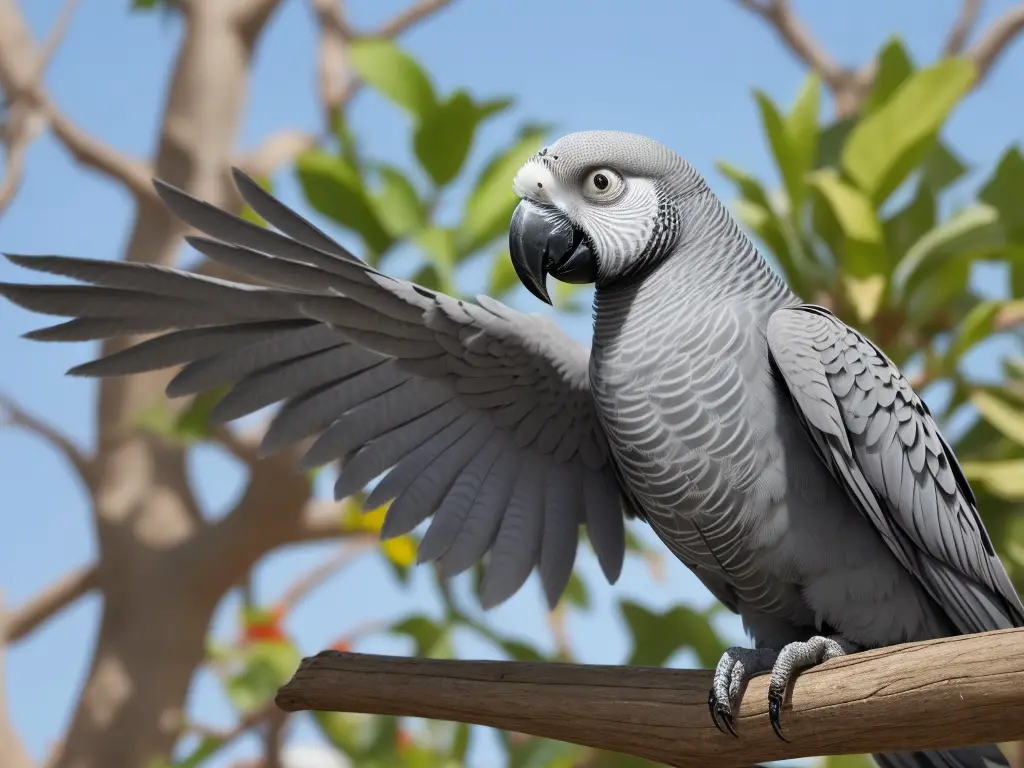
Physical Exercise and Nutrition
Regular exercise and proper nutrition are essential for keeping African grey parrots happy and healthy.
1. Providing Regular Exercise Opportunities
Regular exercise is essential for keeping African Grey Parrots happy. Provide them with opportunities to fly and stretch their wings outside of their cage.
Encourage them to climb, play, and explore their environment.
Rotate toys and introduce new ones to keep them engaged and active.
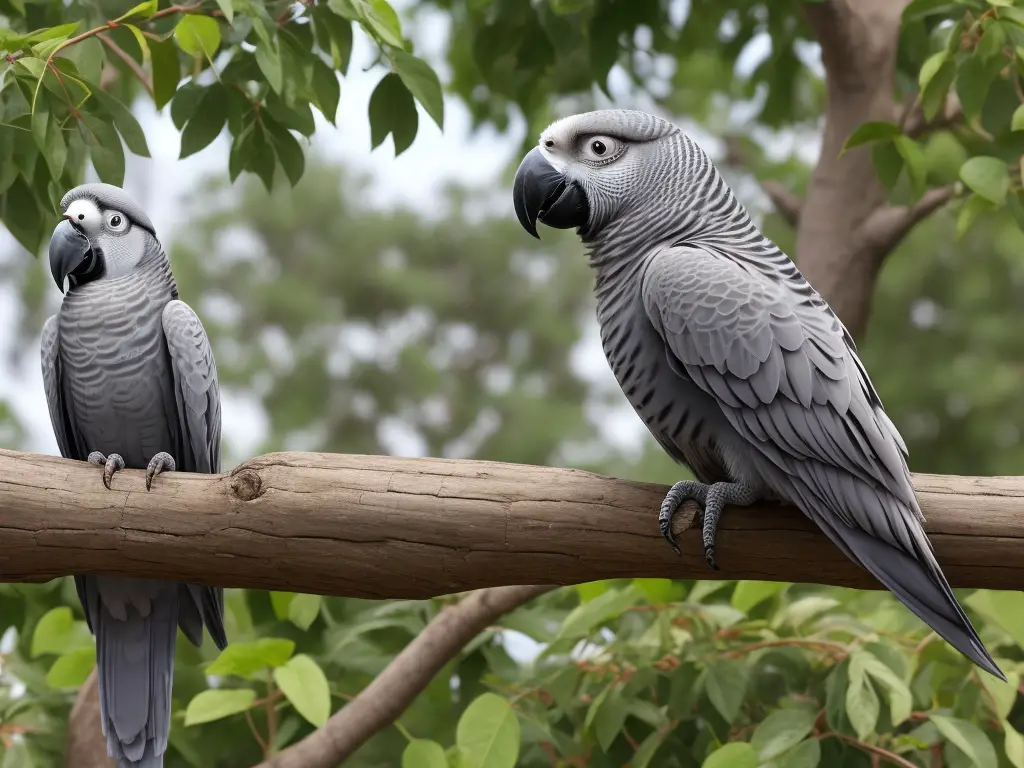
Common Mistakes to Avoid
Here are some common mistakes to avoid when keeping African grey parrots happy.
1. Ignoring Their Need for Mental Stimulation
Ignoring their need for mental stimulation can have detrimental effects on the well-being of African Grey Parrots. Without adequate mental stimulation, they can become bored and develop behavioral issues like feather plucking and aggression.
Providing toys, puzzles, and interactive activities is essential to keep them intellectually engaged and happy.
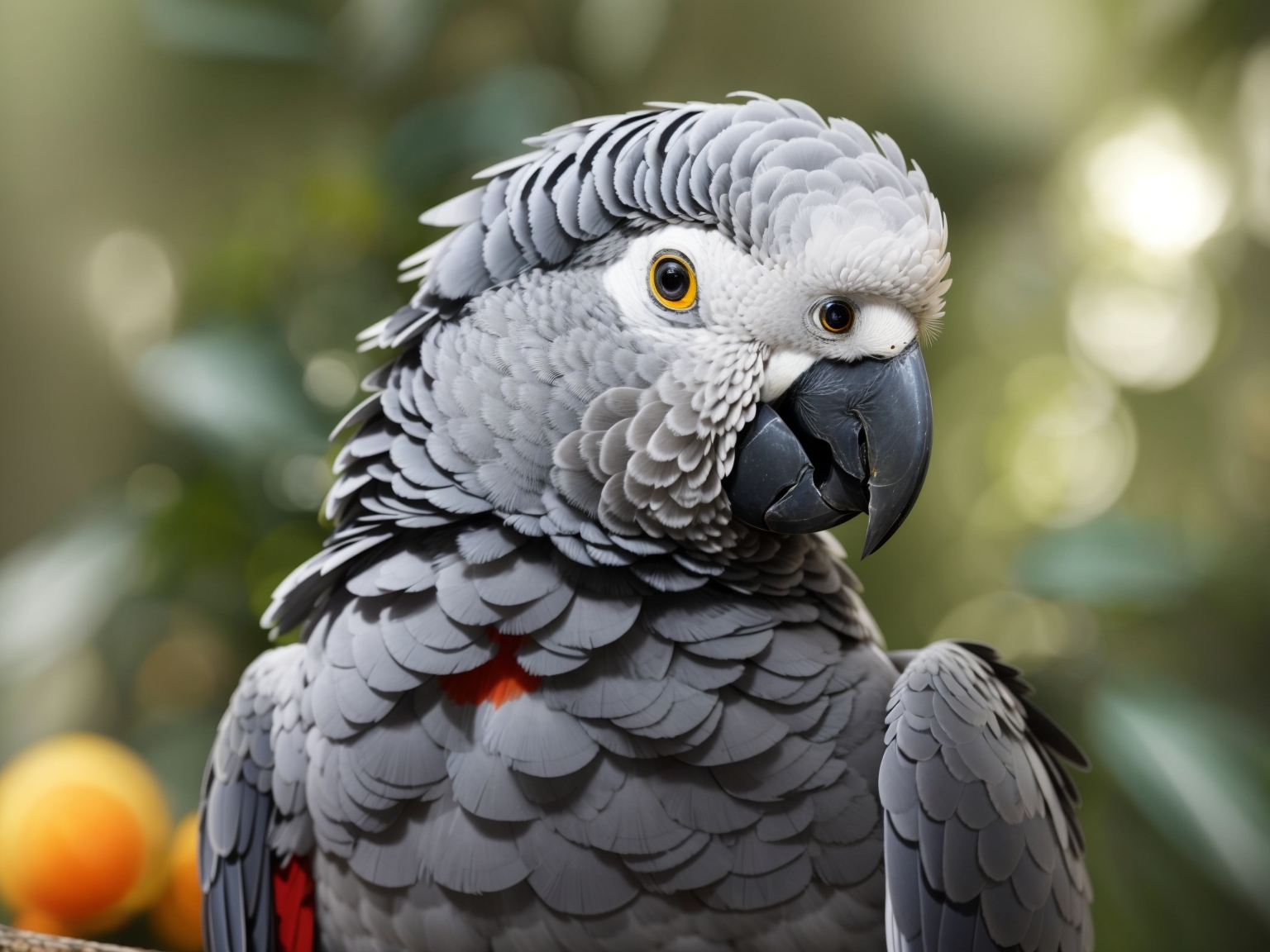
Frequently Asked Questions
1. How much socialization do African grey parrots need?
African grey parrots are highly social birds and require a significant amount of socialization.
They thrive on interaction and companionship, so it’s important to spend quality time with them on a daily basis.
Regular interaction, such as talking, playing, and providing opportunities for physical contact, helps to keep them mentally stimulated and emotionally fulfilled.
It’s best to establish a routine that includes socialization time to ensure their well-being and happiness.
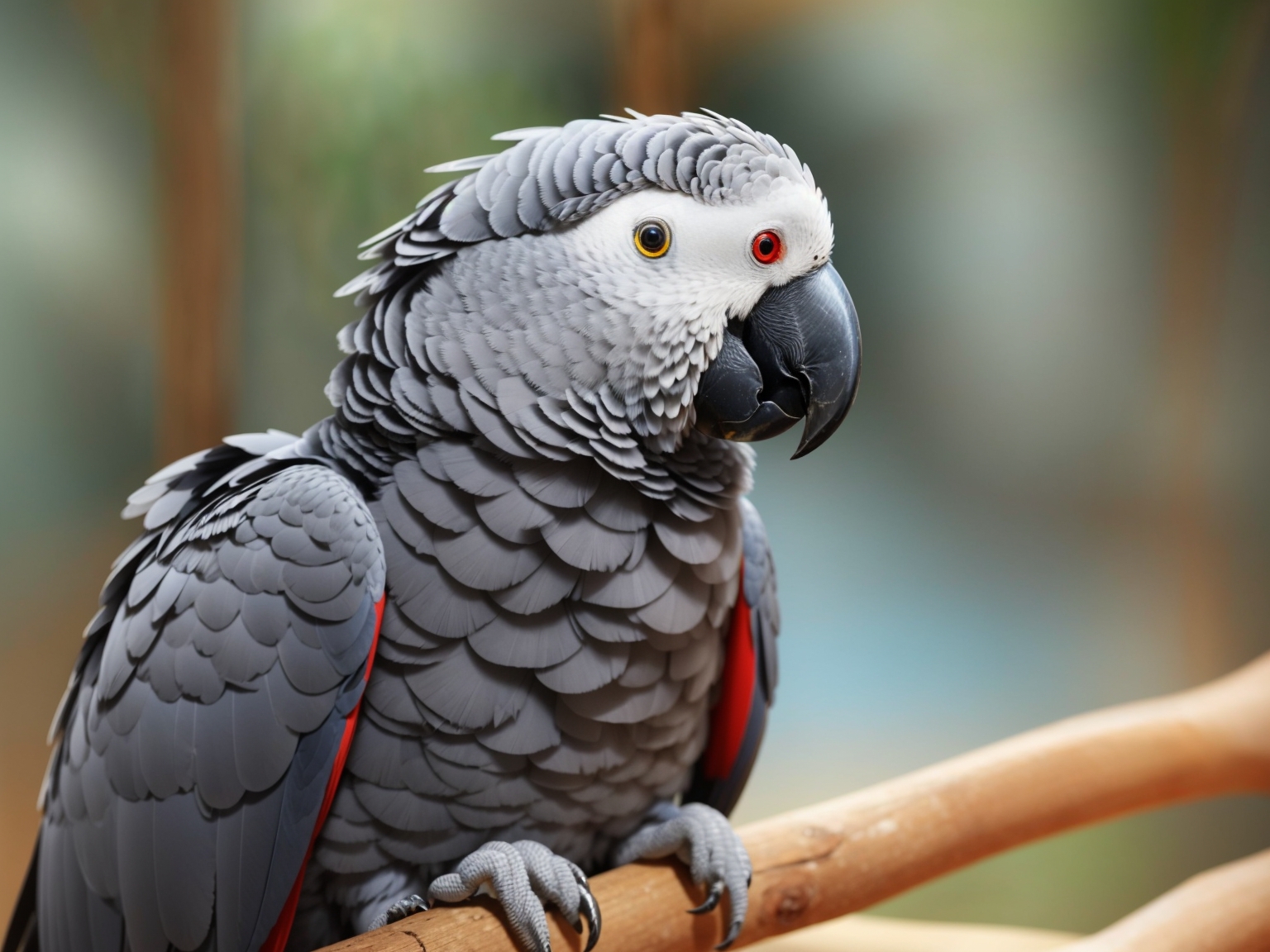
Final Verdict
Keeping African Grey parrots happy involves understanding their anatomy and natural behavior, as well as providing mental stimulation, emotional well-being, and physical exercise. Creating a stimulating environment with a spacious cage, appropriate toys, and a safe space is essential.
Mental stimulation techniques such as teaching tricks and providing puzzle toys are pivotal.
Regular socialization and bonding with the parrot and other animals is crucial. Additionally, ensuring regular exercise opportunities and a balanced diet supports their physical health.
Remember, avoiding common mistakes like neglecting mental stimulation, social interaction, and providing a poor diet is essential.
In summary, by following these guidelines, you can create a thriving and fulfilling life for your African Grey parrot. Remember, their happiness is key to their overall well-being.

